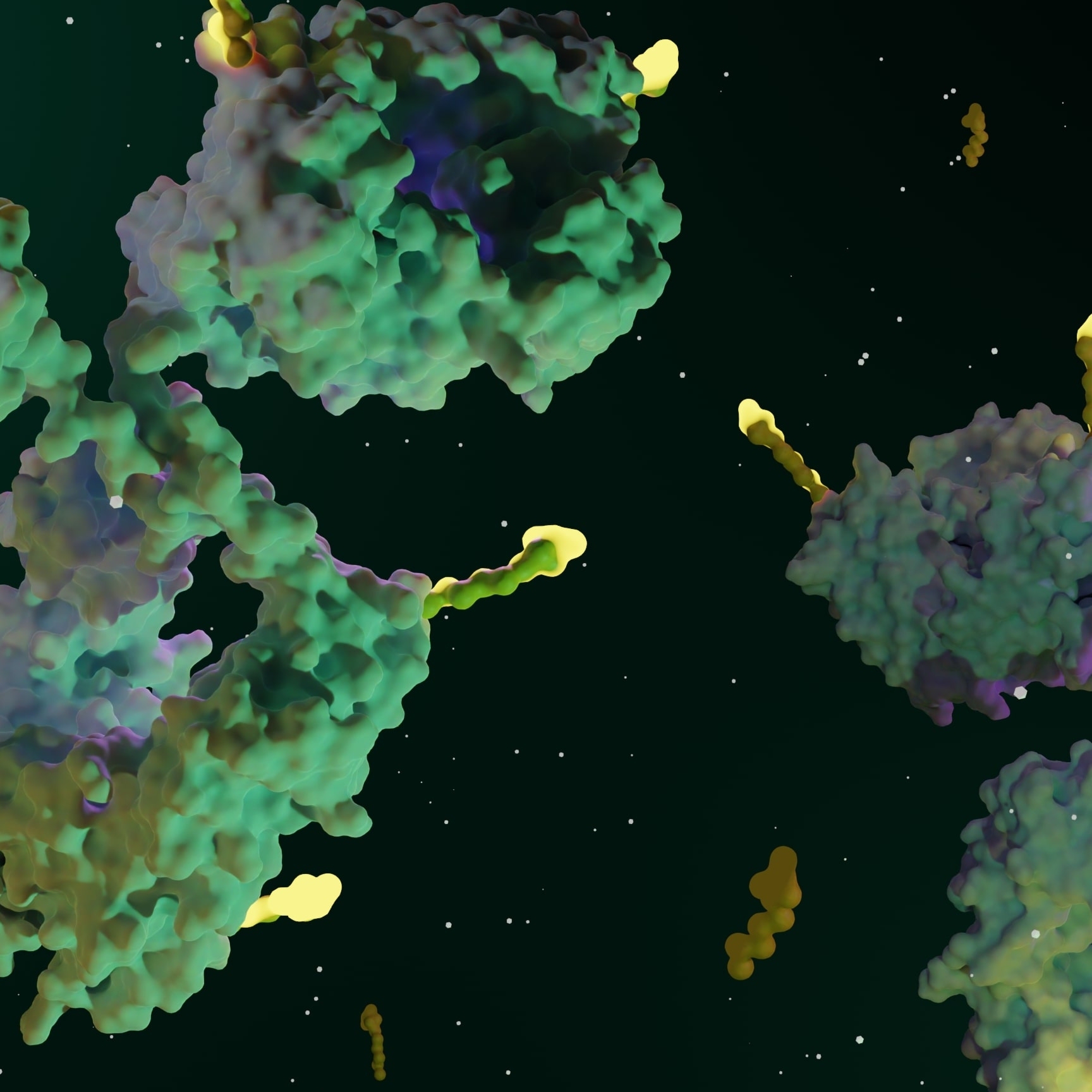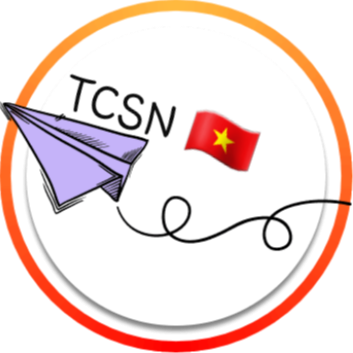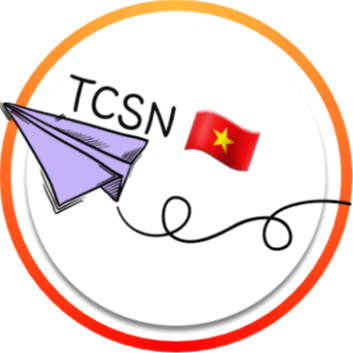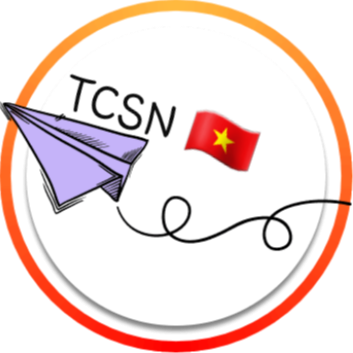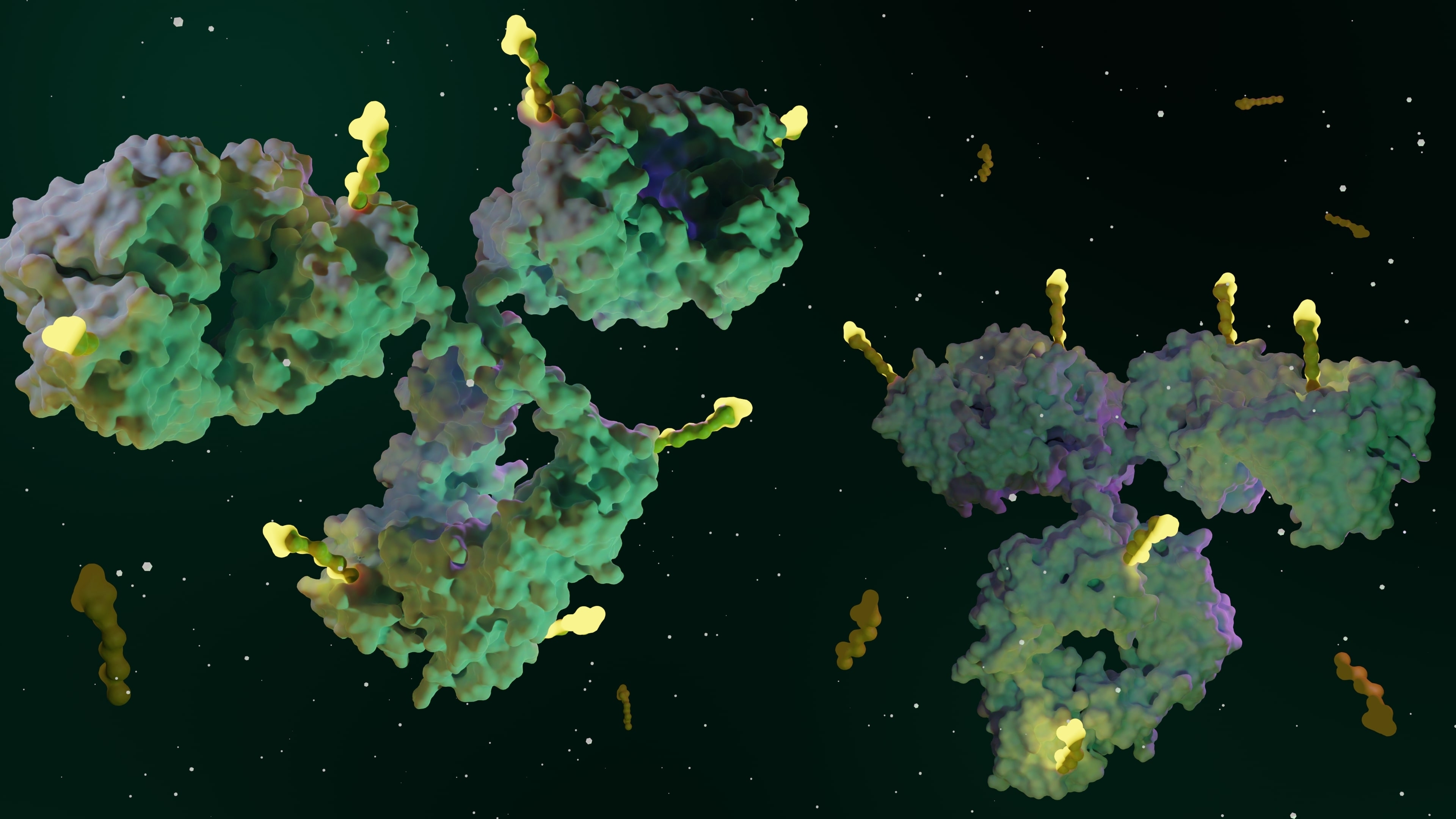- 27 Bài viết
- 1 Ảnh
- 0 Videos
- 19/12/1993
Gần đây
- Types of Acid Labile LinkersCommon acid labile linkers feature diverse chemical structures and functional groups. Each type performs differently in pH-sensitive cleavable linker design, and selection must consider payload properties, plasma stability, and release kinetics. Hydrazone-Based Linkers Hydrazone linkers are among the most widely used acid labile linkers. They are typically formed by condensation...0 Bình luận 0 Chia sẻ 510 Lượt xemVui lòng đăng nhập để thích, chia sẻ và bình luận!
- Common N-Terminal Signal Sequences and Their Biological RolesDuring protein synthesis and function, the N-terminal sequence not only determines the starting amino acid of the protein chain but often contains signal sequences that guide proper intracellular localization and processing. These N-terminal signal sequences play crucial roles in secretion, membrane protein insertion, and recombinant protein design. Comprehensive analysis and verification of...0 Bình luận 0 Chia sẻ 469 Lượt xem
- Advances in Chemical Modification of siRNAsiRNA, with a molecular weight of about 13 kDa, recruits the RNA-induced silencing complex (RISC) to mRNA through base pairing, thereby inhibiting protein translation (Fig. 1). The mRNA is targeted for cleavage through the catalysis of the RISC protein Ago2, a member of the Argonaute family. In addition, other Ago proteins (Ago1, Ago3, and Ago4) catalyze endonuclease-mediated degradation of...0 Bình luận 0 Chia sẻ 522 Lượt xem
- Crosslinking Agents: An Indispensable Component in Polymer ScienceCrosslinking agents are critical materials in polymer science, serving as a cornerstone in creating and enhancing various polymer structures. These agents function by chemically linking polymer chains, thereby forming a three-dimensional network. This alteration in the molecular configuration dramatically enhances the physical properties of polymers, bestowing them with attributes such as...0 Bình luận 0 Chia sẻ 1531 Lượt xem
- PEG Synthesis: Tailoring Polyethylene Glycol for Diverse ApplicationsPolyethylene glycol (PEG) is a versatile polymer widely employed in various industries, including pharmaceuticals, biotechnology, and materials science. Its unique properties, such as biocompatibility, hydrophilicity, and flexible structure, make it an ideal candidate for myriad applications ranging from drug delivery systems to surface modification of biomaterials. PEG Synthesis has...0 Bình luận 0 Chia sẻ 1498 Lượt xem
- Microbial Genome Editing Services Is Revolutionizing BiotechnologyInnovation in biotechnology has reached new heights with the advancement of microbial genome editing services. These services enable researchers and industries to modify the genetic makeup of microorganisms, such as bacteria and yeast, with remarkable precision. As a result, microbial genome editing has become a cornerstone in various fields, including agriculture, medicine, and environmental...0 Bình luận 0 Chia sẻ 1539 Lượt xem
- Heterocyclic Building Blocks: Foundations of Modern ChemistryHeterocyclic compounds are integral to the field of organic chemistry and play a vital role in the development of pharmaceuticals, agrochemicals, and advanced materials. These compounds contain one or more heteroatoms—atoms other than carbon, such as nitrogen, oxygen, or sulfur—within a ring structure, imparting unique properties that make them useful in various applications....0 Bình luận 0 Chia sẻ 2119 Lượt xem
- Biotinylated Nucleotides -- A Key Tool in Molecular Biology ResearchBiotinylated nucleotides have emerged as a powerful tool in molecular biology, enabling researchers to explore genetic materials with unprecedented precision and sensitivity. These modified nucleotides, attached to the vitamin biotin, facilitate a variety of applications, including nucleic acid labeling, detection, and manipulation. This article discusses the significance, applications,...0 Bình luận 0 Chia sẻ 2112 Lượt xem
- An Overview of Isocyanate MonomersIsocyanate monomers are a class of organic compounds characterized by the presence of an isocyanate functional group (-N=C=O). These compounds play a crucial role in various industrial applications, particularly in the production of polymers, foams, coatings, and adhesives. Due to their unique chemical reactivity, isocyanates have become essential in the manufacturing of numerous products...0 Bình luận 0 Chia sẻ 2903 Lượt xem
- Common Methods Used for Fatty Acid AnalysisFatty acids are fundamental components of lipids, playing crucial roles in biological systems, including energy metabolism, cell membrane structure, and signaling pathways. Understanding their composition and concentration is essential in various fields such as biochemistry, nutrition, and therapeutic research. This article explores the common methods used for the analysis of fatty acid,...0 Bình luận 0 Chia sẻ 2475 Lượt xem
- Advancements in Fermentation Process DevelopmentFermentation is a biochemical process that involves the conversion of sugars into acids, gases, or alcohol using microorganisms such as bacteria, yeast, or fungi. This natural process has been harnessed for thousands of years in various industries, including food and beverage, pharmaceuticals, and biofuels. The development of fermentation processes has evolved significantly, driven by...0 Bình luận 0 Chia sẻ 3206 Lượt xem
- Comparing Various Methods for Conjugating Nanoparticles and Beads: Pros and ConsIn the field of drug delivery and biomedical applications, the conjugation of nanoparticles and beads plays a critical role. Each method offers distinct advantages and disadvantages that researchers must consider when deciding on the optimal approach for their specific applications. This article explores the various techniques for conjugation, including physical adsorption, covalent...0 Bình luận 0 Chia sẻ 3477 Lượt xem
- The Role of Nitrogen Compounds in Antibiotic DevelopmentNitrogen compounds are a crucial aspect of pharmaceutical chemistry, particularly in the development of antibiotics. Their unique chemical properties, including the ability to form multiple hydrogen bonds and engage in various interactions, make them indispensable in the fight against bacterial infections. This article delves into the application of nitrogen compounds in antibiotic...0 Bình luận 0 Chia sẻ 2888 Lượt xem
- Advances in Antiviral Drugs for Epstein-Barr Virus (EBV)Epstein-Barr Virus (EBV), a member of the herpesvirus family, is one of the most common viruses in humans, infecting more than 90% of the global population at some point in their lives. While many individuals remain asymptomatic or experience mild symptoms, EBV can lead to significant health issues, including infectious mononucleosis, certain cancers (such as Hodgkin lymphoma and Nasopharyngeal...0 Bình luận 0 Chia sẻ 3899 Lượt xem
- Innovative Biodegradable Polymers as Gene Therapy Carriers: A Breakthrough from MIT ScientistsRecent advancements in the field of gene therapy have shown great promise in treating various genetic disorders and chronic diseases. Researchers at the Massachusetts Institute of Technology (MIT) have reported the synthesis and laboratory testing of a novel class of biodegradable polymers designed specifically for use as gene therapy carriers. This innovative approach combines biomedical...0 Bình luận 0 Chia sẻ 3471 Lượt xem
- PEG Materials in Vaccine Immune Response ResearchPolyethylene glycol (PEG) is a versatile polymer widely used in various biomedical applications, including its recent incorporation into vaccine formulations. Understanding the mechanisms behind vaccine-induced immune responses is critical for improving vaccine efficacy, especially in the context of new challenges such as emerging infectious diseases and the ongoing development of mRNA...0 Bình luận 0 Chia sẻ 3365 Lượt xem
- Saccharomyces cerevisiae Fermentation Technology: Powering Modern BiotechnologySaccharomyces cerevisiae, commonly known as baker's or brewer's yeast, is one of the most studied microorganisms in the realm of fermentation technology. This species of yeast has been utilized for thousands of years in various fermentation processes, including baking, brewing, and winemaking. Today, advancements in biotechnology have expanded the applications of S. cerevisiae beyond...0 Bình luận 0 Chia sẻ 3590 Lượt xem
- How Fluorescent Labeling Enhances the Functionality of Magnetic NanoparticlesFluorescence labeling is a powerful technique that significantly enhances the functionality of magnetic nanoparticles (MNPs). By incorporating fluorescent probes into the structure of MNPs, researchers can track and visualize these nanoparticles in biological systems, paving the way for a range of applications, particularly in biomedical fields. Technical Principles Fluorescence...0 Bình luận 0 Chia sẻ 3965 Lượt xem
- Phosphorus Compounds: Key Applications in Pharmaceuticals and Industrial ChemistryCompounds of phosphorus play a pivotal role in various fields, notably pharmaceuticals and industrial chemistry. Their unique chemical properties, such as reactivity and ability to form diverse structures, make them invaluable in drug synthesis and other industrial applications. This article delves into the chemical characteristics of phosphorus compounds, their applications in drug...0 Bình luận 0 Chia sẻ 3852 Lượt xem
- ALC-0315: How a Breakthrough Lipid Carrier is Driving Efficient mRNA Vaccine DeliveryThe emergence of mRNA vaccines has revolutionized the field of immunization, promising rapid development and high efficacy against various infectious diseases, including COVID-19. Central to the success of these vaccines is the use of lipid nanoparticles (LNPs), particularly ALC-0315, which has been identified as a core component in enhancing mRNA delivery and immune responses. This article...0 Bình luận 0 Chia sẻ 4888 Lượt xem
- Techniques Used for Polymer CharacterizationPolymer characterization is a pivotal aspect of polymer science that involves determining the properties and behaviors of polymeric materials. This process encompasses a variety of techniques aimed at analyzing the molecular framework and physical attributes of polymers. By understanding these characteristics, scientists and engineers can optimize a polymer's performance for specific...0 Bình luận 0 Chia sẻ 4316 Lượt xem
- How Do Enzyme Inhibitors Work?Enzyme inhibitors are molecules that interact with enzymes to decrease their activity, effectively regulating various biological processes. Their action can be reversible or irreversible, and they are critical in both therapeutic applications and biological regulation. Understanding the mechanisms of these inhibitors provides insight into metabolic control within cells and the development of...0 Bình luận 0 Chia sẻ 4670 Lượt xem
- Applications of Lipids and Lipid DerivativesLipids are a diverse group of biomolecules that play several critical roles in biological systems. They are not only fundamental components of cell membranes, providing structural integrity and mediating cell signaling, but also serve as energy stores and signaling molecules themselves. The versatility of lipids extends beyond biological functions, finding applications across various sectors...0 Bình luận 0 Chia sẻ 4938 Lượt xem
- PROTAC Design: A Novel Approach in Targeted Protein DegradationIntroduction The Mechanisms of protein regulation and degradation are crucial for maintaining cellular homeostasis and preventing diseases such as cancer. One of the most innovative approaches in pharmacology is the development of Proteolysis Targeting Chimeras (PROTACs), small molecules designed to promote the ubiquitin-proteasome pathway for targeted protein degradation. PROTACs have emerged...0 Bình luận 0 Chia sẻ 5047 Lượt xem
- Functions of Nanoparticle Formulation for Drug DeliveryNanoparticle formulation has emerged as a pivotal innovation in the field of drug delivery, offering unique solutions to overcome the challenges posed by traditional therapeutic methods. This article explores the key functions and benefits of nanoparticle formulations, shedding light on how they are revolutionizing modern medicine. 1. Enhanced Bioavailability One of the most...0 Bình luận 0 Chia sẻ 5166 Lượt xem
- Chemical Methods of Nucleic Acid Fluorescence LabelingIntroduction Nucleic acid fluorescence labeling is a critical technique in molecular biology and biochemistry, enabling the visualization and analysis of DNA and RNA molecules. Fluorescent labels provide a powerful means to investigate the behavior, location, and interaction of nucleic acids within cells and in vitro. This article reviews the key chemical methods employed in the...0 Bình luận 0 Chia sẻ 5136 Lượt xem
-
Xem thêm



